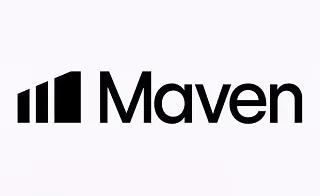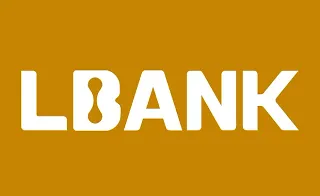Advanced Market Structure concept in ICT style is based on the categorization of highs and lows. This categorization can serve as a complement for better identification of various breakouts within the market structure.
The advanced market structure categorization is named based on short-term, intermediate-term, and long-term ranges.
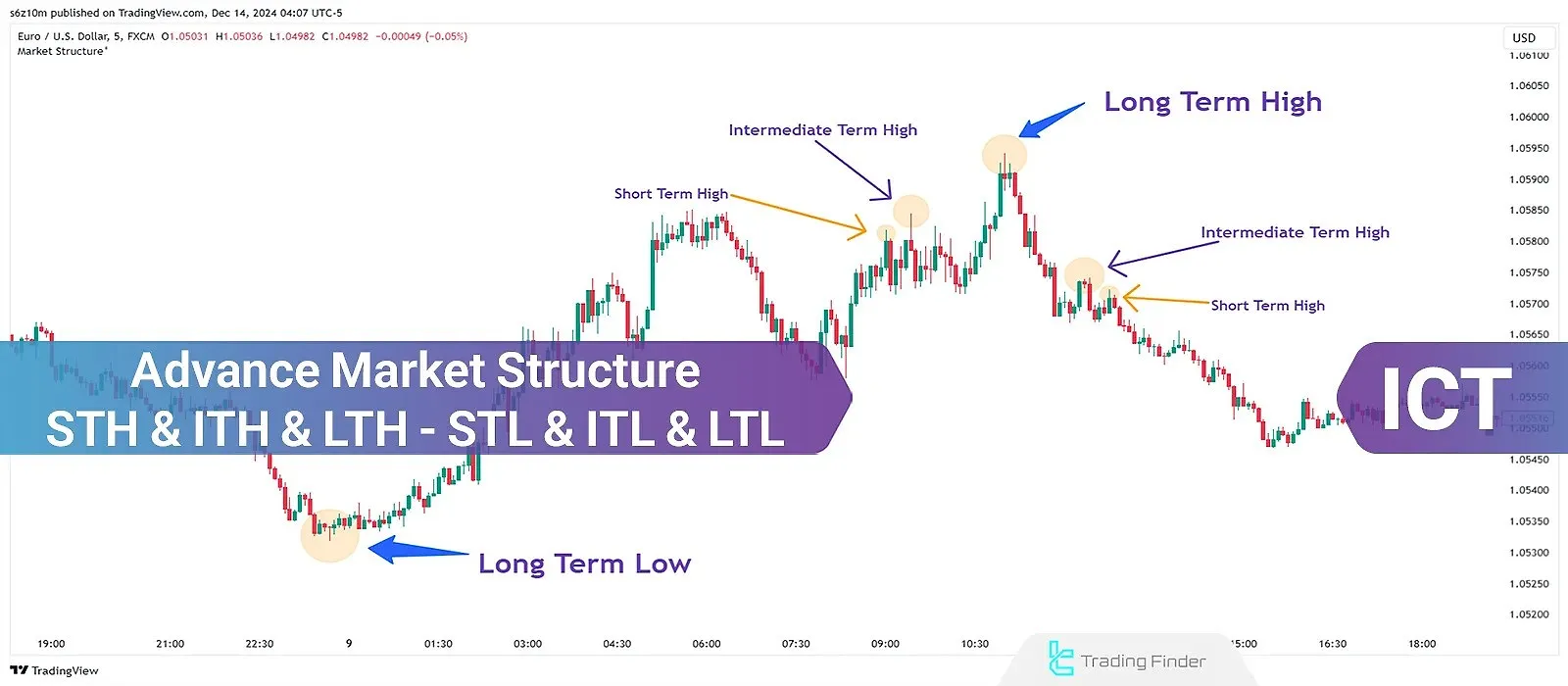
What is Market Structure?
Market structure refers to the price movement pattern within each specified timeframe. Analyzing price highs and lows allows traders to understand overall trends and market dynamics.
Types of Market Structure
- Bullish Market Structure: This indicates a consistent price increase, characterized by long-term higher highs and long-term higher lows in price chart
- Bearish Market Structure: This indicates a consistent price decrease, identified by long-term lower lows and long-term lower highs
- Sideways Market Structure: In this scenario, prices fluctuate within a defined range, with highs and lows forming at the same level
What are the Types of Advanced Market Structure?
Advanced market structure in ICT style includes various types, which are listed below:
Highs
In this concept, there are three types of highs: STH, ITH, LTH; Each is explained below:
Short Term High (STH)
In ICT analysis, a Short Term High refers to a Swing High formed by three candles.
The upper wick of the second (middle) candle is higher than the highs of both the first (left) and third (right) candles.
Therefore, the high of the second candle is recognized as a Short Term High (STH).
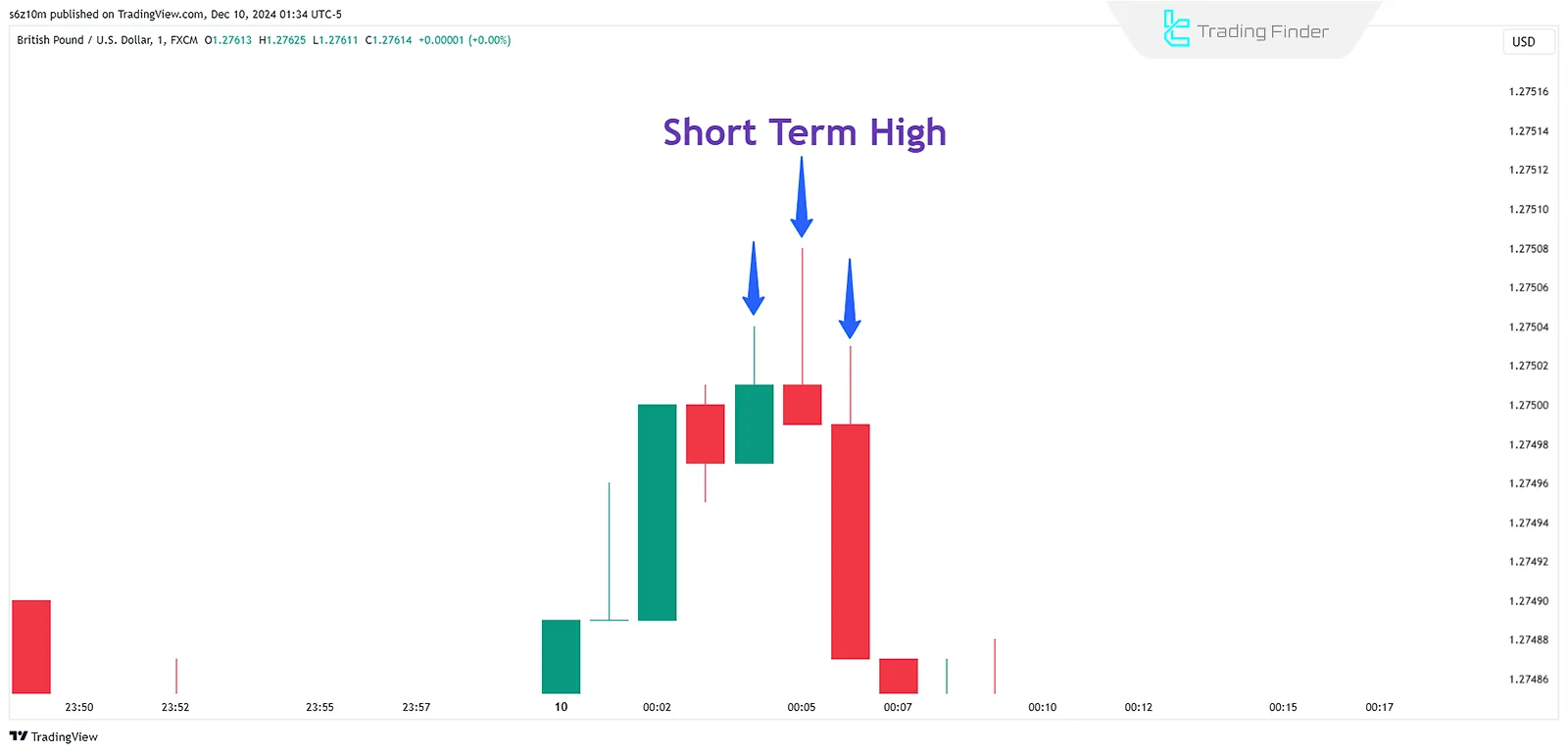
Intermediate Term High (ITH)
The term "intermediate-term" refers to something positioned in the middle or between two stages.
An Intermediate Term High (ITH) is essentially a Short Term High, but lower Short Term Highs are located on its left and right.
This high is positioned between two lower Short Term Highs and is higher than both of them.
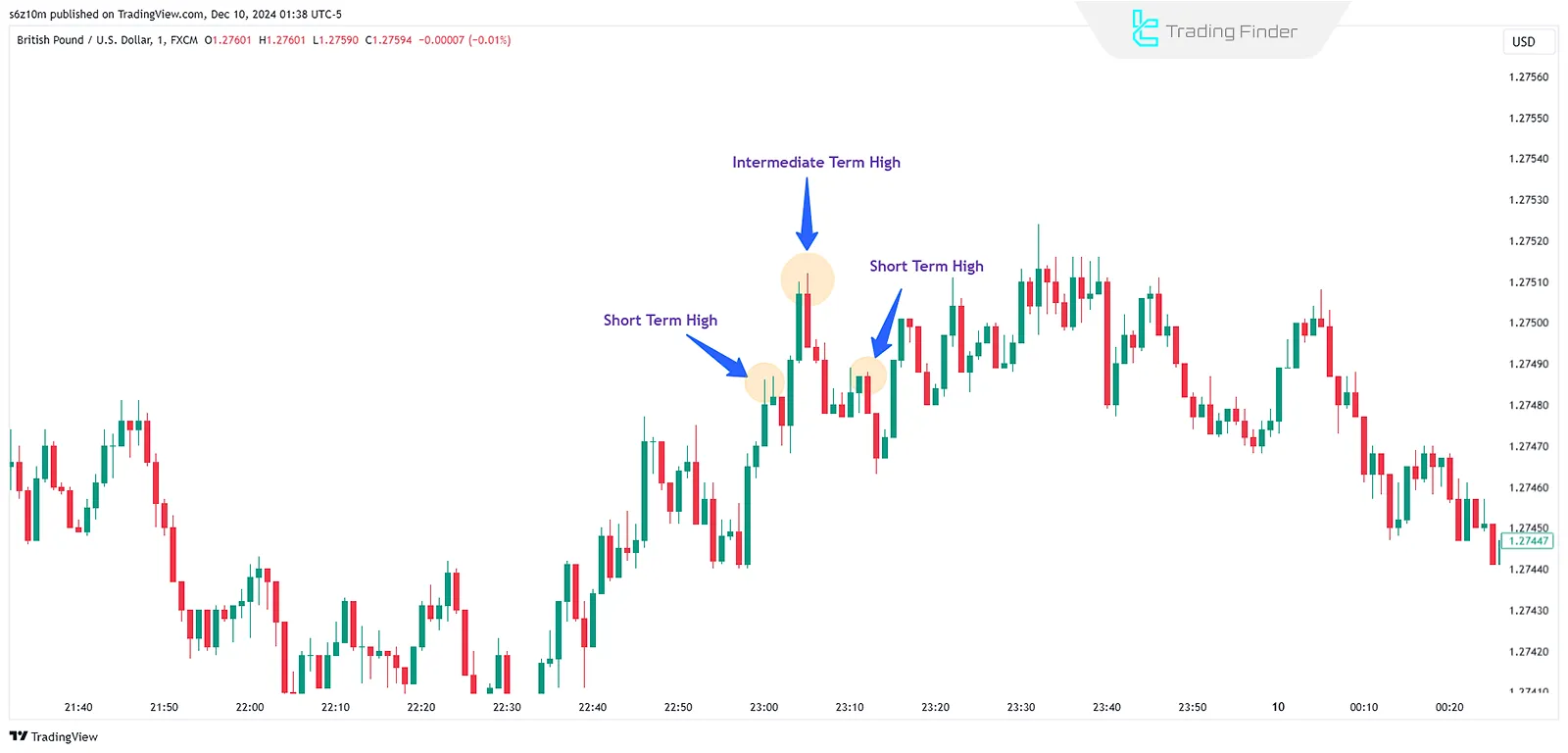
Long Term High (LTH)
A Long Term High (LTH) is naturally an Intermediate Term High, but it usually forms on a higher timeframe after a price reaction within a PD zone.
An LTH is represented as an Intermediate Term High positioned in the center of two other Intermediate Term Highs.
It represents the highest Intermediate Term High, with lower Intermediate Term Highs on both sides.
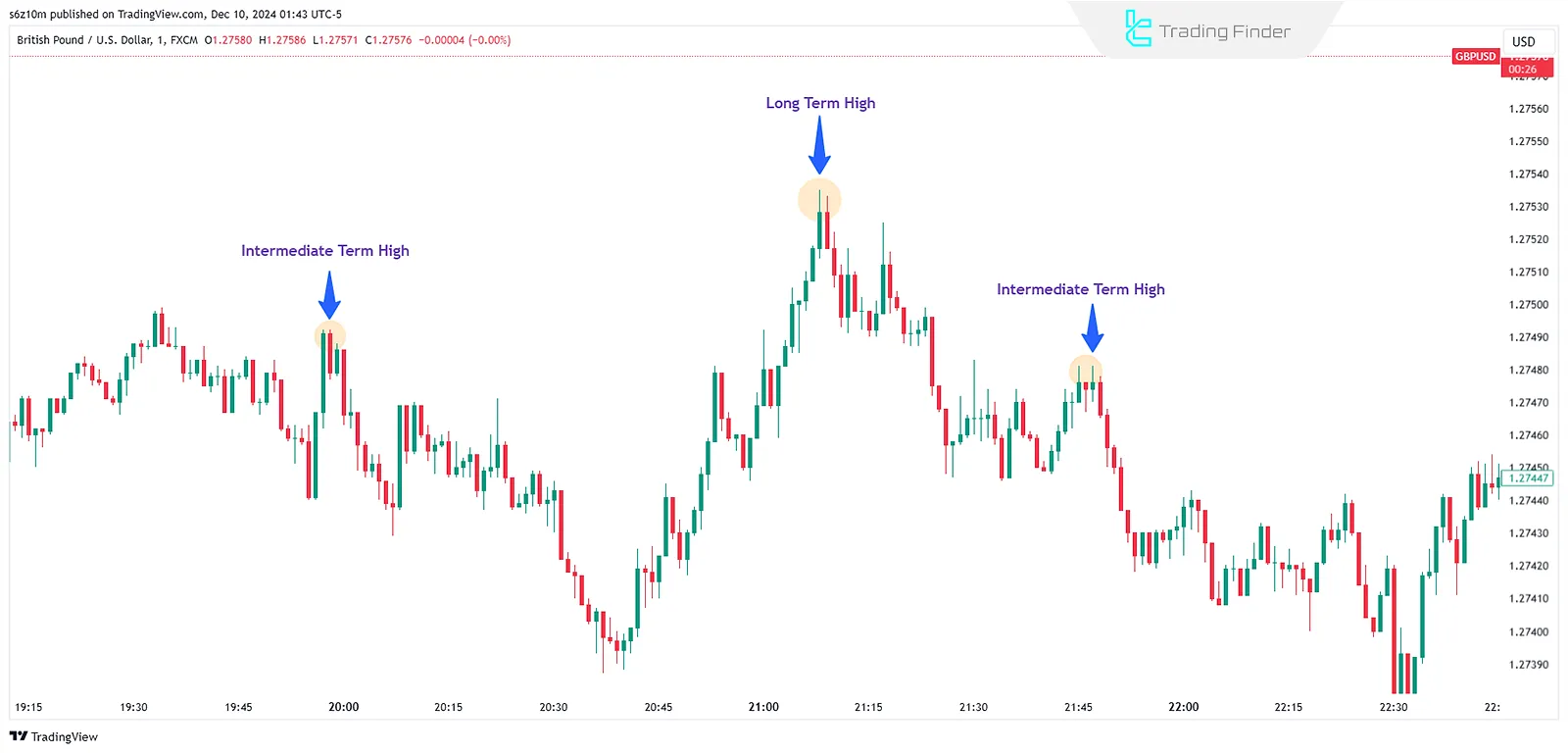
Lows
In this concept, there are three types of lows: STL, ITL, LTL. Each is explained below:
Short Term Low (STL)
In ICT analysis, a Short Term Low refers to a Swing Low formed by three candles.
The lower wick of the second (middle) candle extends below the lows of both the first (left) and third (right) candles.
Therefore, the low of the second candle is recognized as a Short Term Low (STL).
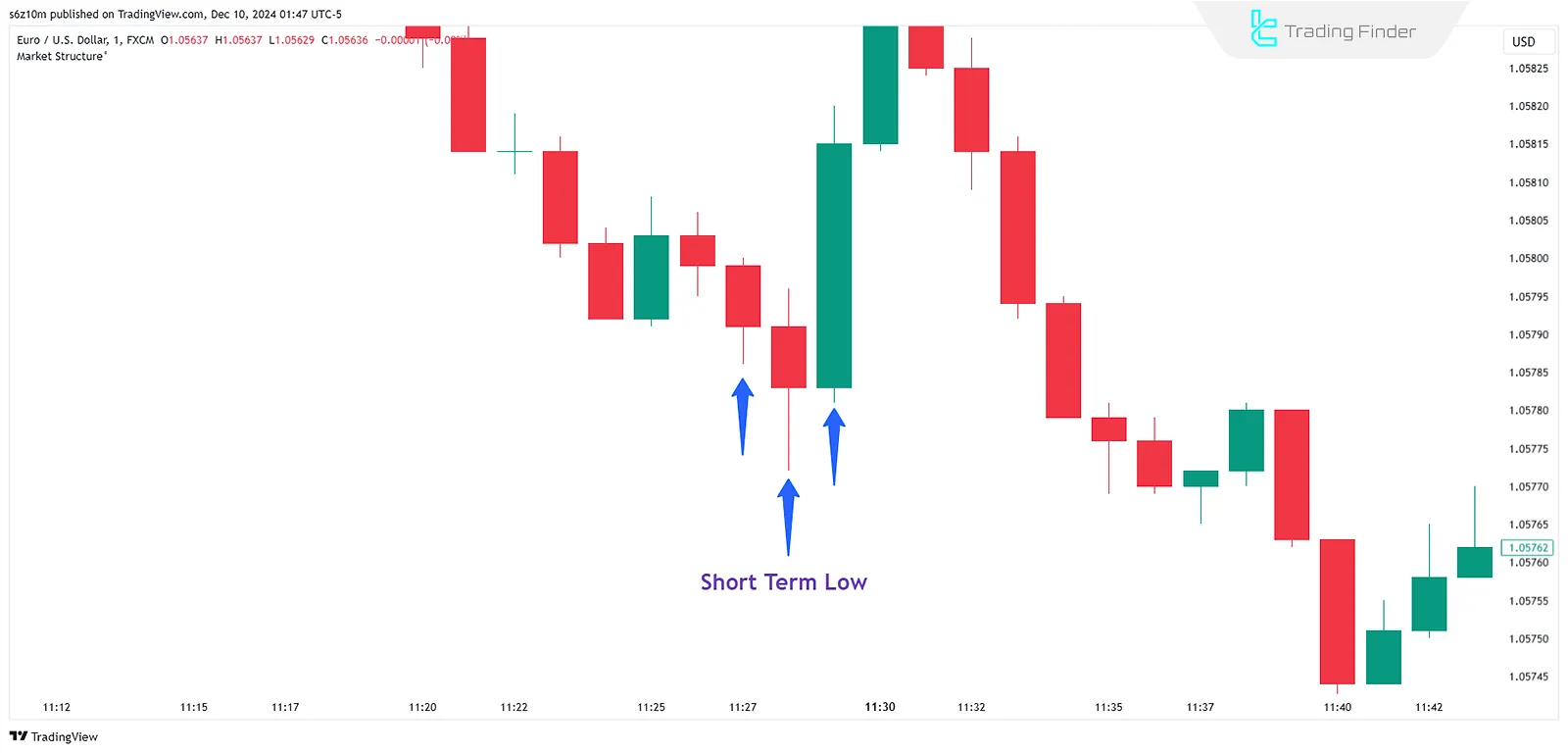
Intermediate Term Low (ITL)
The term "intermediate-term" refers to something positioned in the middle or between two stages.
An Intermediate Term Low (ITL) is essentially a Short Term Low, but higher Short Term Lows are located on its left and right.
This low is positioned between two higher Short Term Lows and is lower than both of them.
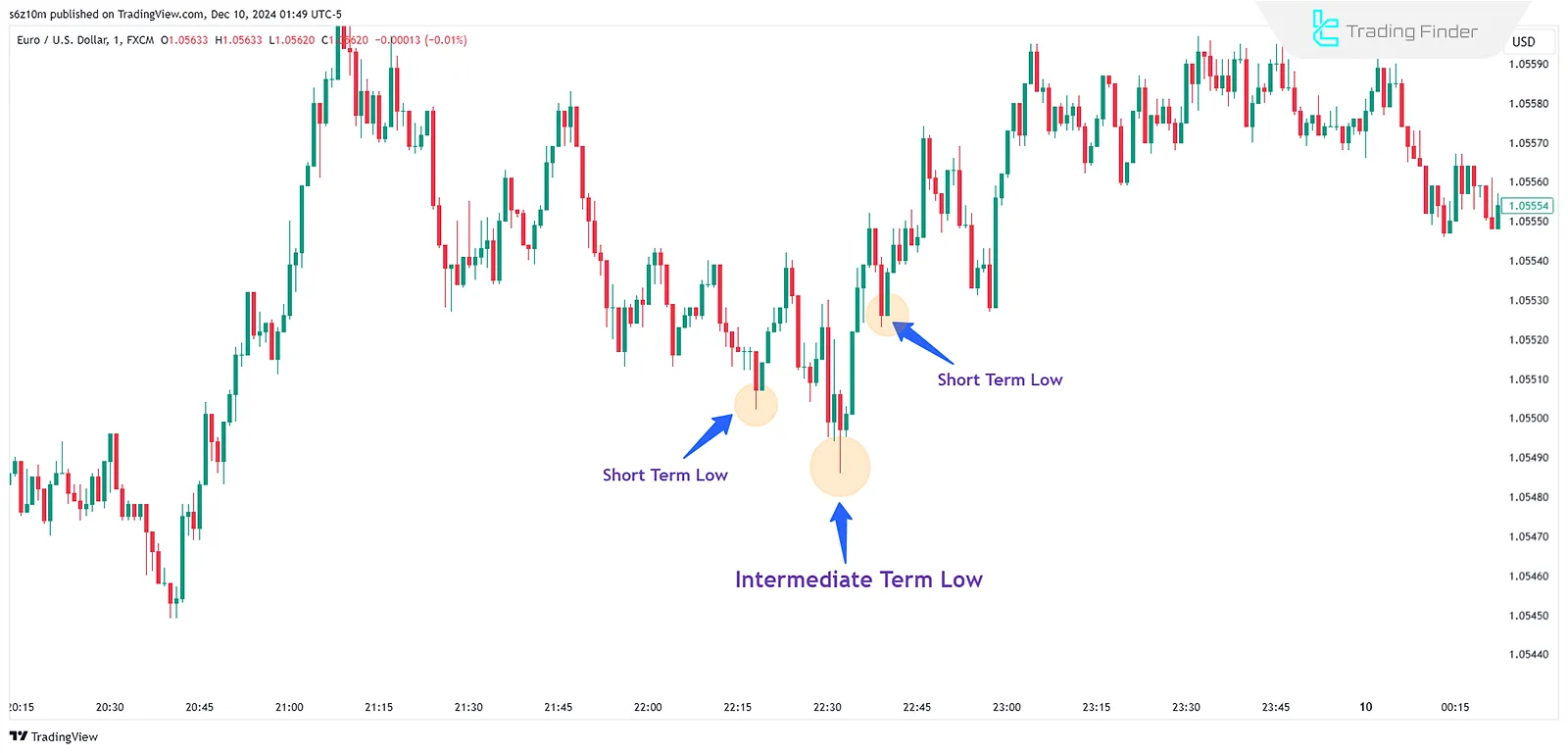
Long Term Low (LTL)
A Long Term Low (LTL) is naturally an Intermediate Term Low, but it usually forms on a higher timeframe after a price reaction within a Premium/Discount zone.
An LTL is represented as an Intermediate Term Low positioned in the center of two other Intermediate Term Lows.
It is the lowest Intermediate Term Low, with higher intermediate term lows on both of its left and right.
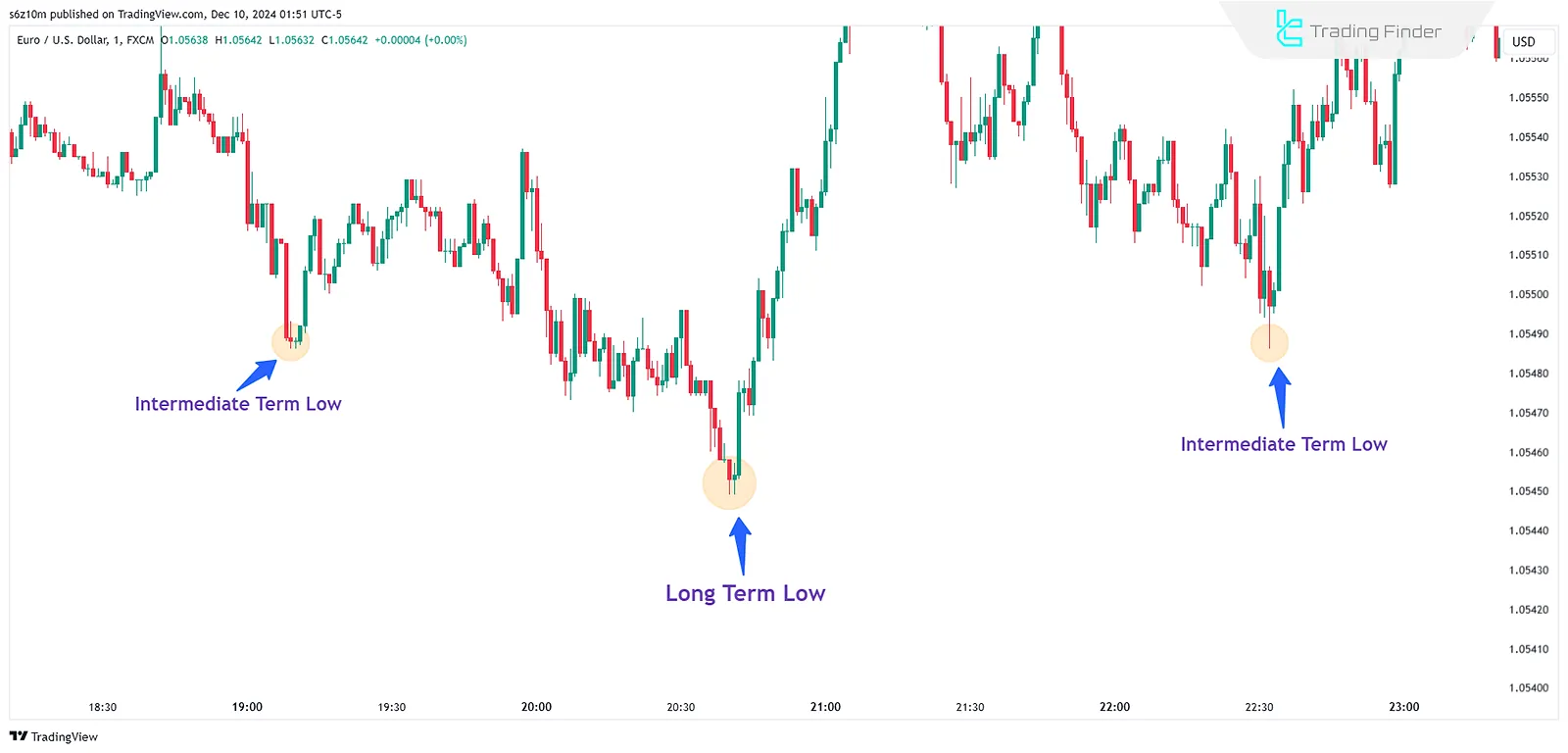
Conclusion
In a bullish advanced market structure, prices consistently form higher highs and higher lows through the Break Of Structure (BOS) over the long term.
The trend remains bullish unless the higher low is broken, indicating a potential reversal known as a Change of Character or Market Structure Shift (CHoCH or MSS).
In Bearish Advanced Market Structure, prices form lower lows and lower highs over the long term. The trend stays bearish unless the lower high is broken.
